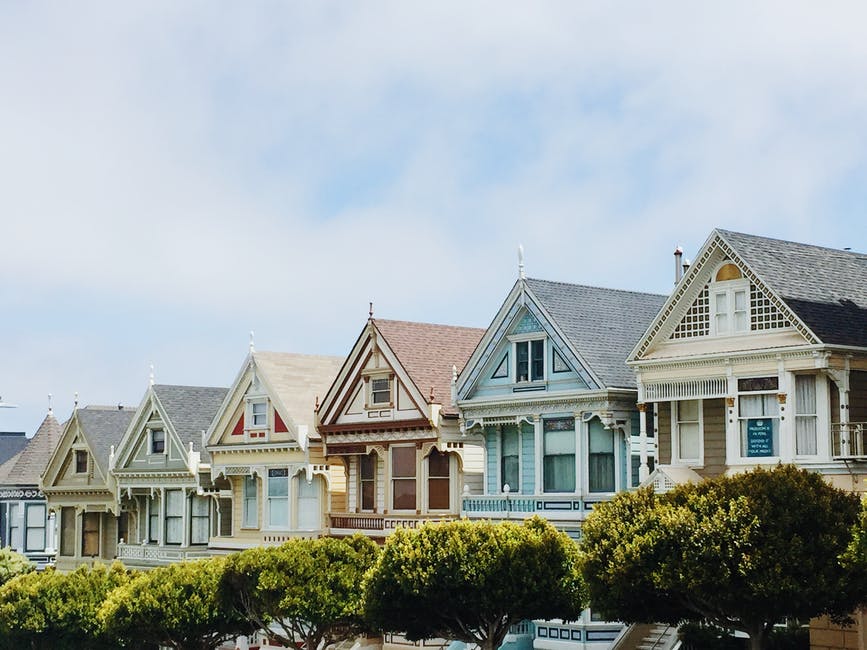Housing cost in Australia is increasing at an alarming rate. Experts claim that in 2021, an entire generation of the population were homeless. While they are not exactly on the streets but neither are they sitting in the comfort of their dream homes.
This proportion of the population struggles to pay the expensive rent and somehow survives an unstable economy. The housing prices in Australia, especially in cities like Brisbane, Melbourne, Perth, Darwin, Sydney and Canberra, are rising every quarter. Well, one could very well blame the economy of the country.
In such a scenario, if you are planning to buy a house in Australia, chances are you will be carrying the financial burden for your whole life. And that's why it is best to find genuine real estate brokers who can guide you. The right broker will mediate between you and the property owner.
They can use their influence to get some discounts and benefits too. But most importantly, they can tell you the right properties to buy for residential purposes and the ones to invest in.

Housing Cost In Australia 2019 - 2022
Before we can determine the housing prices in 2022, we must see the trend from the last few years. In 2019, houses in Sydney cost around $955,000 with an average unit of $720,000.
Similarly in Melbourne, Brisbane, Adelaide, Perth, Hobart and Canberra is $737,000, $530,000, $465,000, $500,000, $450,000 and $670,000 respectively.
Moreover, the numbers are more or less the same in 2020 but increased further. According to upside.com.au, the price of buying a residential house starts from one million US dollars.
So far, we do not have the exact prices in 2022, but here is the approximate price index.
The price index for the expensive cities are:
- Sydney: 210
- Melbourne: 173
- Canberra: 166
- Brisbane: 166
- Perth: 162
- Cairns: 156
- Adelaide: 153
- Newcastle: 150
- Wollongong: 149
- Townsville: 133
Median Cost Of Housing In Australia
According to the Domain House price report, these are the figures for buying a house.
- Sydney: $1,499,126
- Melbourne: $1,037,923
- Brisbane: $702,455
- Adelaide: $667,888
- Canberra: $1,074,187
- Perth: $598,601
- Hobart: $698,212
- Darwin: $640,068
- National: $994,597
Also Read: What Inspections Should You Conduct Before Buying A Property?
Frequently Asked Questions
After reading the above table, it is natural for some questions to arise in your mind. Therefore, we have answered some common questions below.
Is Living In Australia Expensive?
If you are an expat looking to buy investment properties in Australia, you may need to think twice. In cities like Sydney, Brisbane and Melbourne, the cost of buying properties may shake you up. In the past year alone, the prices went as high as $6,700.
According to wise.com, in 2021, Australis will be the twelfth city in the world in the category of cost of living. To give you perspective, US and UK are somewhere at 22nd and 23rd in the list. So you can imagine, the price is not very humble.
Also Read: Top 6 Tips For Buying Your First Investment Property
Where Can You Live In Australia?
Australia is one of the most popular destinations for expats looking to invest in countries rich in biodiversity, economy and cultural heritage. With its pleasant weather throughout the year, we can live in these cities.
- Sydney
- Brisbane
- Melbourne
- Canberra
- Townsville
- Geelong
- Wollongong
- Central Coast
- Albury
- Adelaide
- Warrnambool
- Darwin
Is It Expensive To Live In Australia vs The US?
The cost of living in Australia is higher by about twenty-five per cent than in the US. One can attribute it owing to the high price to the country's economy, unwise decisions by the government in the past, and the lack of financial aids for citizens.
What Is The Minimum Living Cost In Australia?
According to a site called studiesinaustralia.com, the average cost of an international student will be approx. AUD $20,290. This range can go upwards if the students stay in big cities like Sydney and Melbourne.
Apart from the option of renting an apartment in Australia, which can be burdensome for students from developing countries, there are co-living spaces too. These spaces allow people from different walks of life, purposes and ethnicities to rent one room and live together in a house.
This way, the expenses will decrease as utilities, food, internet bills, electricity, and water are split among the residents.
Conclusion
Given the problem of sky-rocketing prices and the lack of affordable housing, the Australian government is offering support. The support is indifferent schemes to the citizens who want to buy their first home in Australia.



